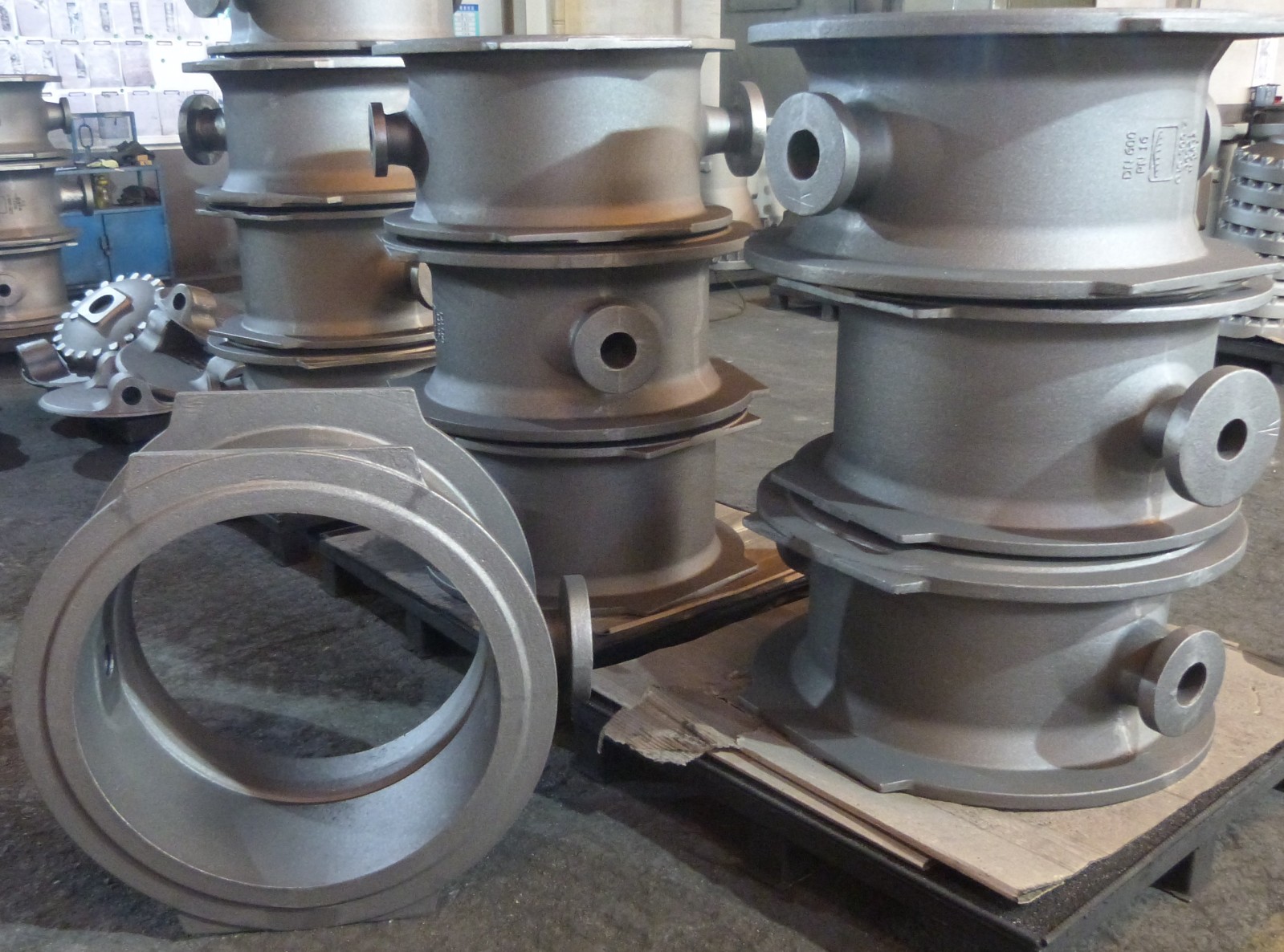+86 311 85258258
+86 311 85258258
Apr. 19, 2022

a kind of cast iron characterized by its high strength, ductility, and wear resistance. Due to the spherical (ball-shaped) graphite in the metal, it is resistant to impact, elongation and everyday wear and tear.
Ductile iron castings combine the processing advantages of a low melting point, good fluidity, and machinability. It also has many of the engineering advances of steel including high strength, ductility and wear resistance. These qualities allow for a much higher tensile and yield strength as well as a lower damping capacity.
Ductile iron, also referred to as nodular cast iron or spheroidal graphite iron, has an unusual combination of properties obtained because the graphite occurs as spheroids rather than flakes as in gray iron. This mode of solidification is obtained by adding a very small but specific amount of magnesium to molten iron. The allowable content of minor elements that can interfere with the graphite spheroid formation in the base iron is severely restricted. The added magnesium reacts with the sulfur and oxygen in the molten iron and changes the way the graphite is formed.
Ductile iron’s commonly established properties are tensile strength, yield strength, and percent elongation. Because of the nominal and consistent influence of spheroidal graphite, the tensile properties and the Brinell hardness of ductile iron are well correlated.
Ductile iron castings combine the processing advantages of a low melting point, good fluidity and machinability. It also has many of the engineering advances of steel including high strength, ductility and wear resistance. These qualities allow for a much higher tensile and yield strength as well as a lower damping capacity.
Ductile iron, also referred to as nodular cast iron or spheroidal graphite iron, has an unusual combination of properties obtained because the graphite occurs as spheroids rather than flakes as in gray iron. This mode of solidification is obtained by adding a very small but specific amount of magnesium to molten iron. The allowable content of minor elements that can interfere with the graphite spheroid formation in the base iron is severely restricted. The added magnesium reacts with the sulfur and oxygen in the molten iron and changes the way the graphite is formed.
Ductile iron has a minimum tensile strength of 60,000 psi and a minimum yield strength of 40,000 psi. Ductile iron’s commonly established properties are tensile strength, yield strength and percent elongation. Because of the nominal and consistent influence of spheroidal graphite, the tensile properties and the Brinell hardness of ductile iron are well correlated.
The relative ability of a material to absorb vibration is evaluated as its damping capacity. The quelling of vibration by converting the mechanical energy into heat can be important in structures and devices with moving parts. Ductile iron has a relative damping capacity of 0.14, significantly less than that of a similar gray iron part with a damping capacity of 1. Still, ductile iron compares favorably versus steel alloys in terms of damping capacity.
For many years, Zen Young Foundry has been providing customized metal casting services for various industries and project types.
Mining & Engineering Machinery Casting Parts
If you are looking for a solution that fits your custom metal Sand casting project, Zen Young can help you produce perfect metal parts through a reliable casting process.
We always welcome special material and difficult parts and would like to help our comstomers utmost.
The material used to make molds for sand casting is sand, not ceramics. Due to the roughness of sand, sand casting is most commonly used for large castings, which usually require less detail precision and tolerances.
Shell mold casting is a metal casting process similar to sand casting, in that molten metal is poured into an expendable mold. However, in shell mold casting, the mold is a thin-walled shell created from applying a sand-resin mixture around a pattern. The pattern, a metal piece in the shape of the desired part, is reused to form multiple shell molds. A reusable pattern allows for higher production rates, while the disposable molds enable complex geometries to be cast. Shell mold casting requires the use of a metal pattern, oven, sand-resin mixture, dump box, and molten metal.
Investment casting is one of the traditional casting methods. That is, the metal is heated to the temperature of the molten liquid, and then the material is poured into a mold designed with a suitable negative space and gated to effectively completely fill the molten metal. Once the metal has cooled and solidified, the metal part can be removed from the mold for finishing. Investment casting, also known as lost wax casting, is usually used to make jewelry and metal parts with complex shapes.
Die casting is a kind of metal casting process, which is characterized by forcing molten metal under high pressure into the forming cavity. The cavity is made using two hardened tool steel molds, which have been processed into a certain shape, and die casting works similarly to injection molds.
Lost foam casting is a type of evaporative pattern casting. it maintains outstanding advantages, especially in casting complicated and precise molds.Unlike traditional methods which include the pattern withdrawn process before casting and require skillfulness in the pattern removal step, with respect to the lost foam method, the pattern is evaporated when the molten metal is poured into helping to reduce these considerations.
We will choose different casting methods for processing according to the product shape, material and your working conditions. Many years of processing experience can guarantee the quality of the casting parts.